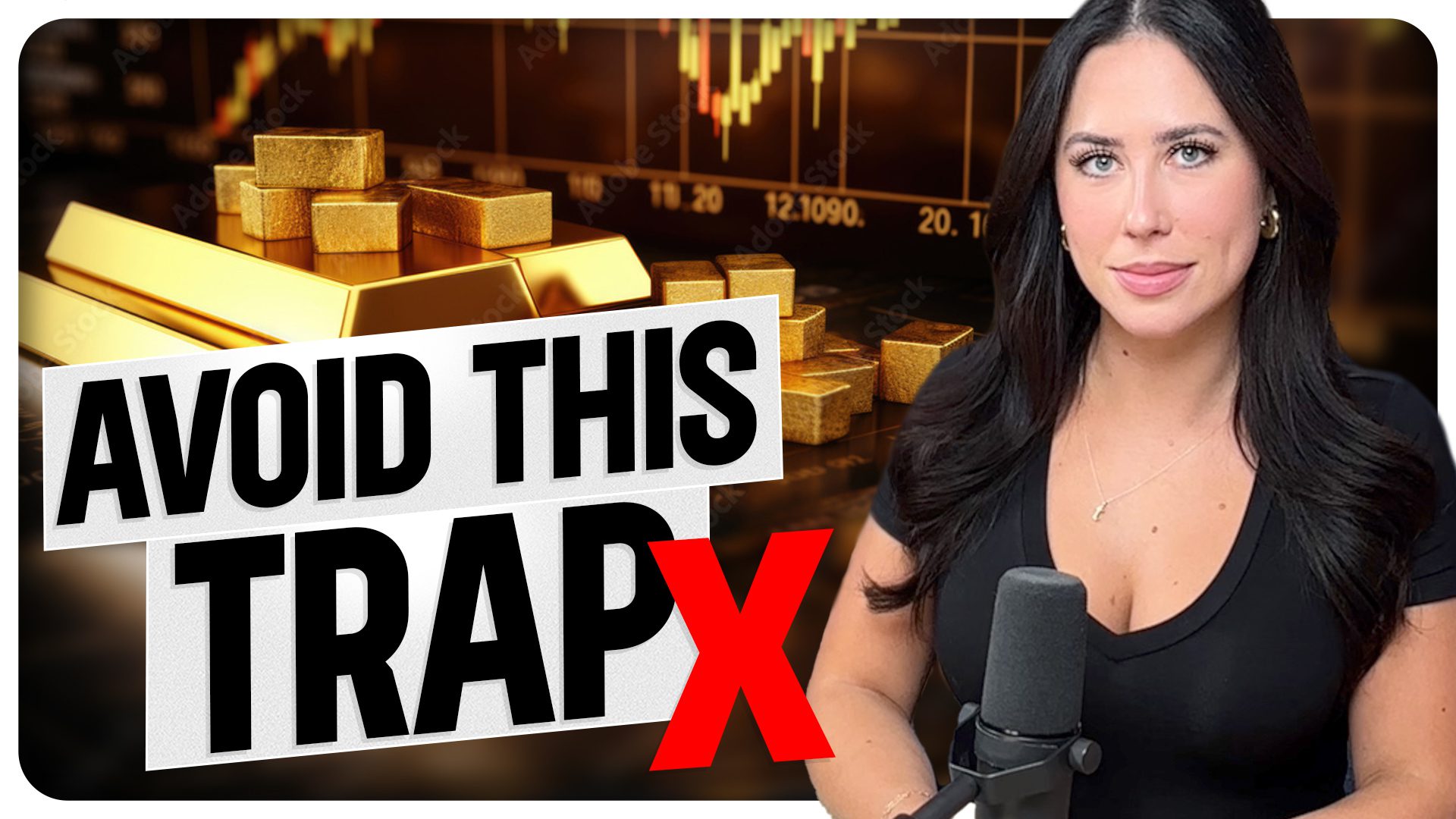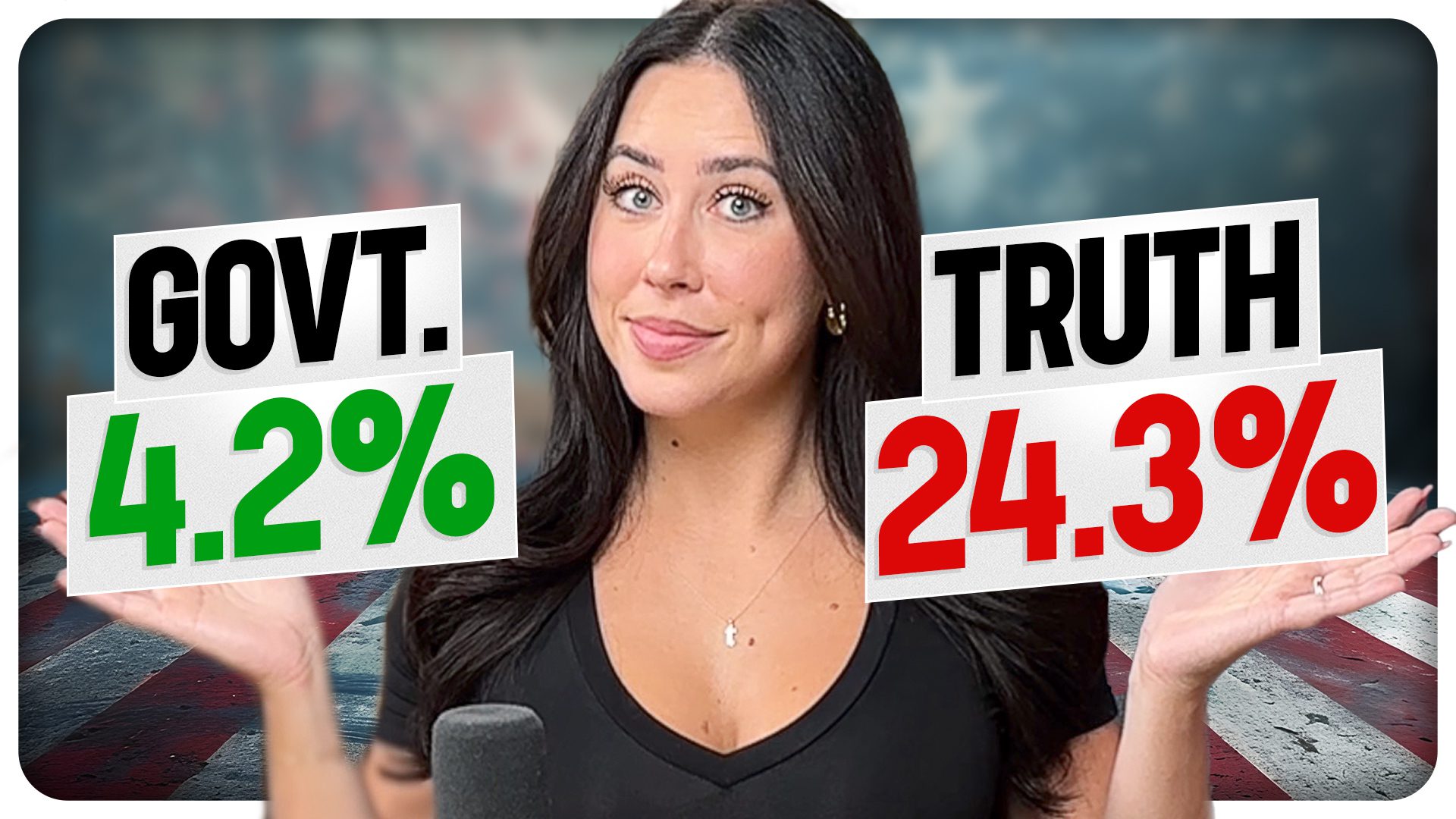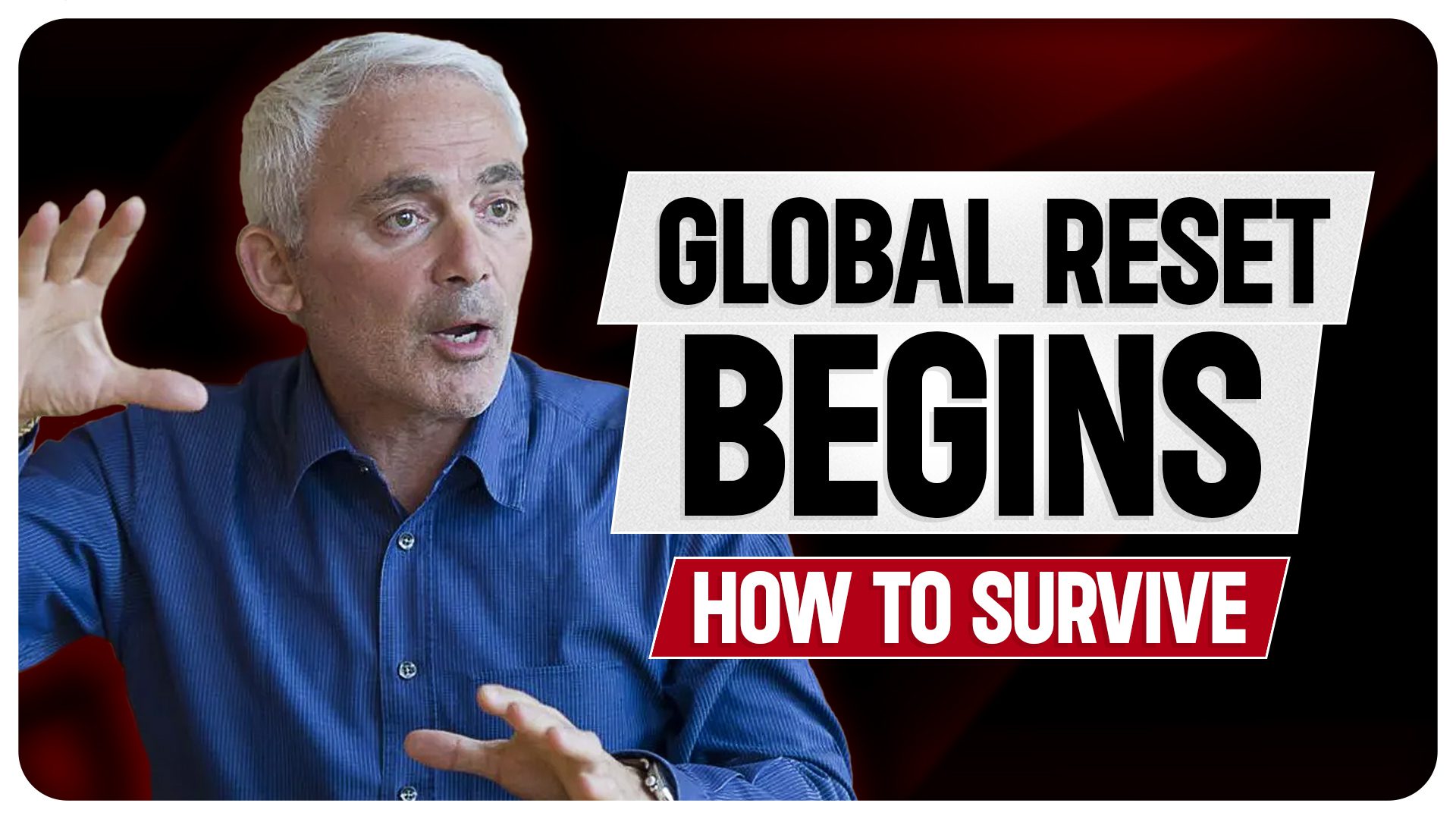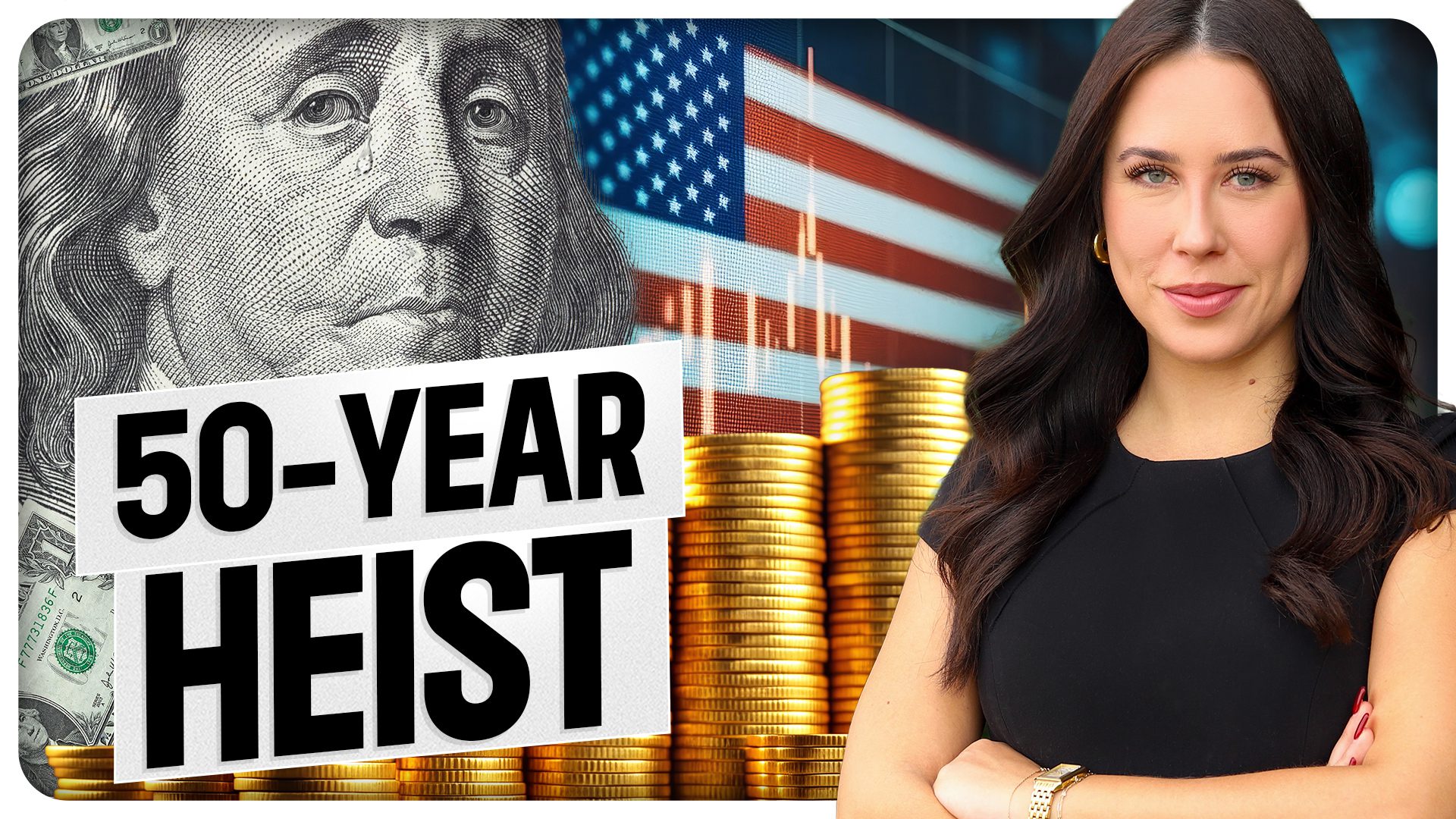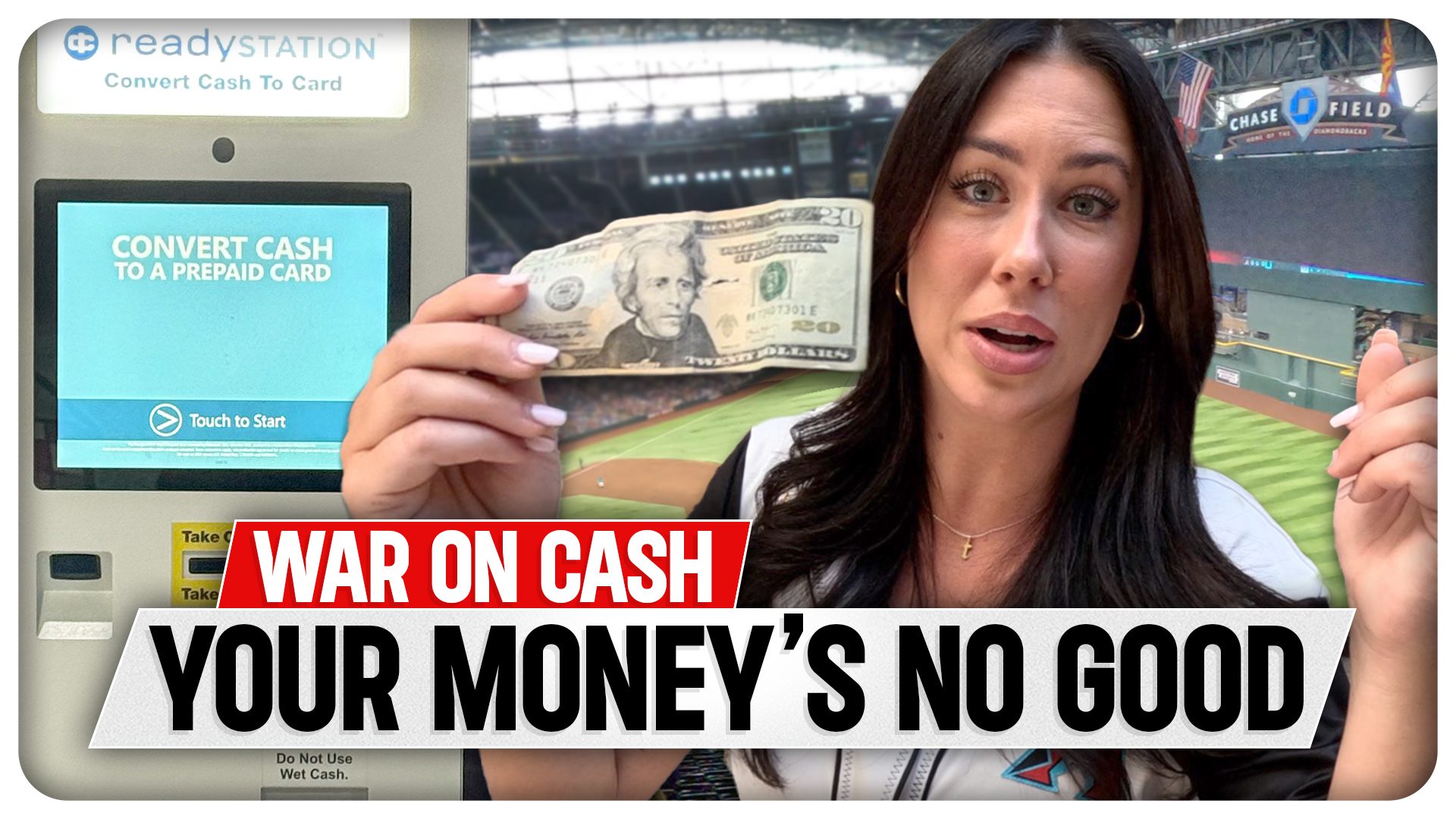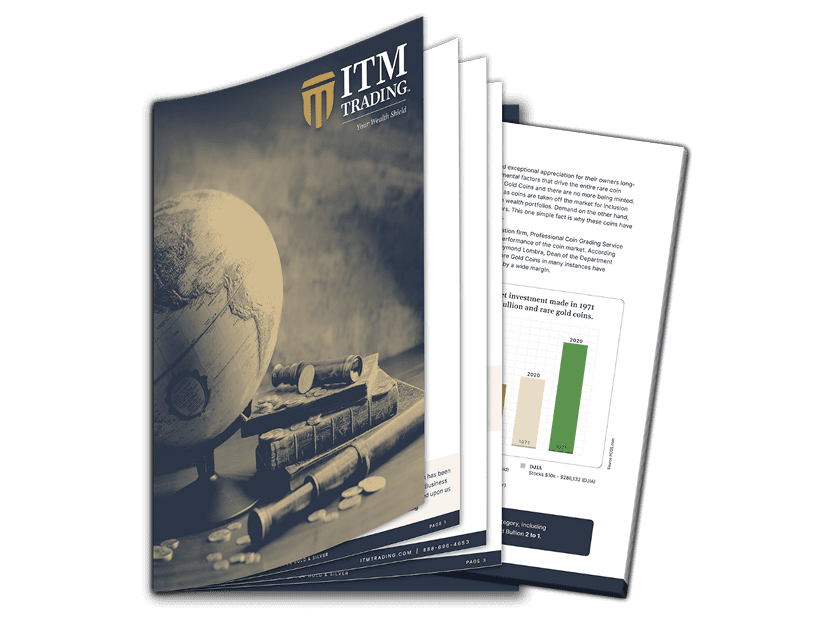FED Guts Stress Tests as Big Banks Win, Depositors Lose
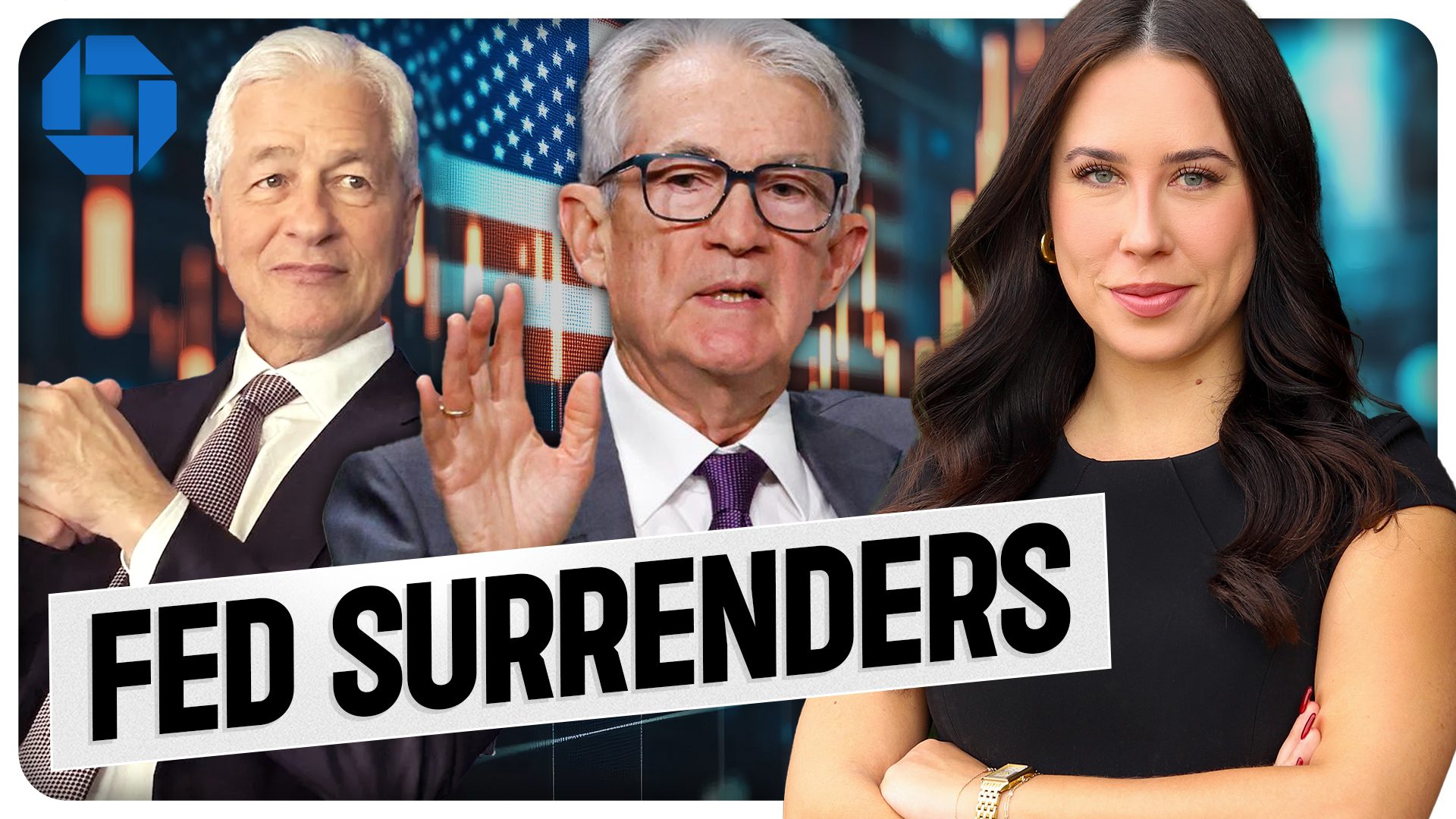
The same banks and banking giants responsible for the 2008 financial crisis are quietly reshaping regulations—again. But this time, the threat isn’t bad mortgages; it’s U.S. Treasuries, consumer debt, and weakened stress testing. At the center of this shift is the Federal Reserve, and vocal support from banking leaders like Jamie Dimon. For anyone with money in a U.S. bank, this change could be devastating.
The New Rules—and Who They Really Serve
In recent weeks, U.S. Treasury Secretary Scott Bessent proposed changes that would allow banks to exclude U.S. Treasuries from leverage limits. This would let big banks pile on government debt without holding capital against it. The justification? Supporting liquidity.
But there’s a deeper, unspoken reason: the Federal Reserve is facing a growing liquidity crisis, and foreign demand for Treasuries is drying up. Now, U.S. banks are being positioned as the buyer of last resort.
The result? Banks can dramatically increase their leverage, which might boost short-term profits—but it also raises systemic risk for everyday depositors.
Risk-Free? Silicon Valley Bank Says Otherwise
The Fed insists that Treasuries are “risk-free.” But Silicon Valley Bank’s collapse is a clear counterpoint. The bank bought billions in Treasuries, only to suffer massive unrealized losses when interest rates rose. When panic set in and they were forced to sell, those paper losses turned real—triggering a classic bank run.
Today, banks are still sitting on hundreds of billions in similar unrealized losses. If Treasuries were truly safe, that wouldn’t be the case.
The Fed Is Lowering the Guardrails
Rather than preparing for stress, the Fed is weakening stress tests, opting for multi-year averages that blur the severity of current risks. Why would the Fed water down its own warning systems? The likely answer is unsettling: if they didn’t, they’d have to admit just how fragile the system is—and raise capital requirements that could spark panic or slow credit even further.
In other words, they’re kicking the can down the road, choosing optics over action.
Jamie Dimon: “It’s Not About Bank Profit…”
Even Jamie Dimon, CEO of JPMorgan Chase, supports these changes—not for profit, he claims, but to “support the markets.” Yet JPMorgan stands to benefit enormously from this policy shift. When banks can buy risk-laden assets without capital requirements, profits soar—even as depositor safety declines.
Dimon’s statement echoes the same talking points we’ve heard before every major financial rupture: “Trust us. We know what we’re doing.”
From Main Street to Your Wallet
While regulators loosen controls, consumer debt is surging. Credit card charge-offs just hit a 13-year high. Delinquencies are rising across 30, 60, and 90-day windows. And as people walk away from their obligations, the consumer spending engine that drives the U.S. economy is sputtering.
Yet banks are pushing for more lending, not less—fueling an unsustainable debt cycle that could break under pressure.
What About the FDIC?
Many Americans rely on the FDIC for peace of mind, but that confidence may be misplaced. The FDIC insures deposits—yet holds only about 1–2% of total insured deposits in reserve. If a wave of failures hit large or mid-sized banks, the system simply wouldn’t be able to cover the losses.
The FDIC operates on the same fractional reserve principle as the banks themselves. The comfort of that gold sticker on your branch window may be more illusion than insurance.
The Looming Threat: Bank Bail-Ins
The greatest risk may not be a bank failing—it’s how the failure is handled. As we’ve seen in other countries, frozen accounts and bail-ins, where depositor funds are used to prop up banks, are not hypothetical—they’re historical precedents. Americans must ask: How exposed would I be if my bank froze withdrawals tomorrow?
Awareness Is the First Line of Defense
This isn’t about fear—it’s about being informed. The Federal Reserve, big banks, and even the FDIC are operating in a way that prioritizes systemic optics over individual safety. While they assure the public that “everything’s fine,” the foundations are quietly eroding.
At ITM Trading, we believe that preparedness brings peace of mind. If you’re watching the warning signs and wondering how to build a strategy for what comes next, you’re not alone.
THINKING ABOUT PURCHASING GOLD & SILVER? Get expert guidance from our team of analysts with 28+ years of experience. Schedule a free Q&A 👉 SCHEDULE YOUR CALL HERE or call 866-351-4219.
“The ITM team offers something unique—direct, personal guidance. What stood out to me right away was that they weren’t just focused on making a sale. Instead, they took the time to build my understanding of the function and value of precious metals.” — Gary P. [Verified Google Review]
